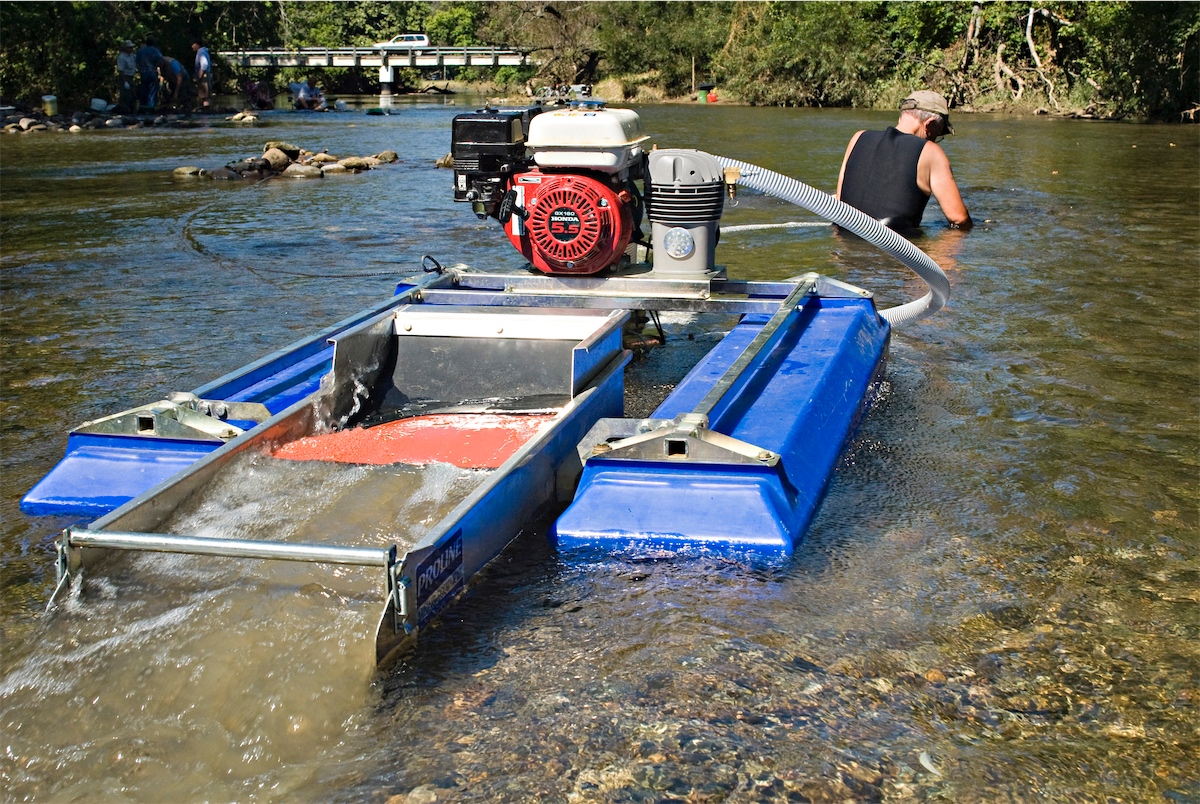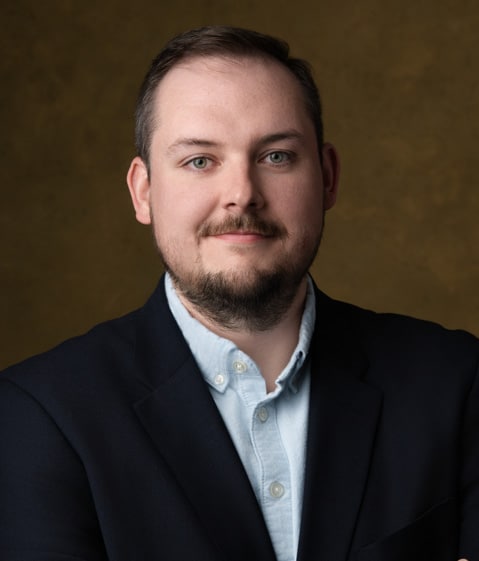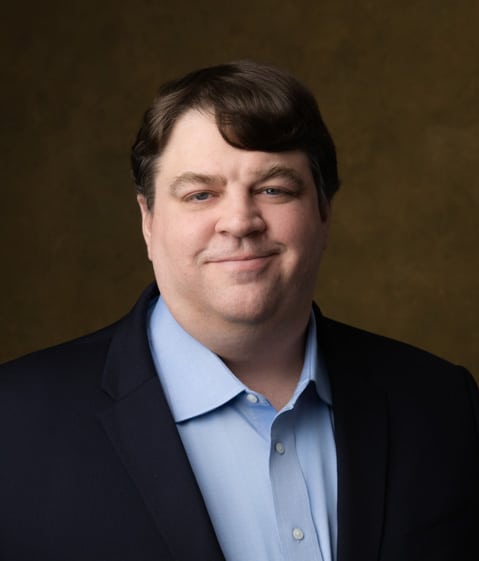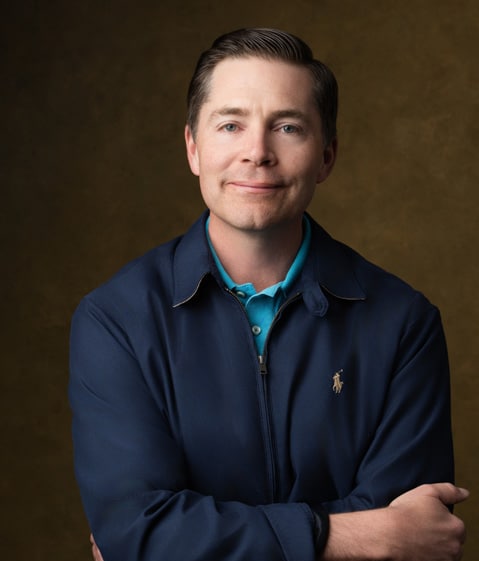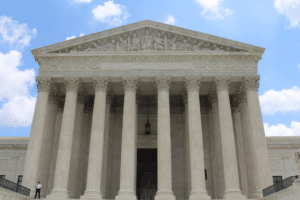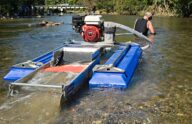Like many longtime mining enthusiasts in Idaho, Shannon Poe earns a living with his suction dredge—an engine-powered hose that extracts minerals and metals from streambeds while returning everything else.
The attraction to suction dredge mining isn’t just economic. It’s encouraged under the federal Mining Act of 1872. For many, it continues the cultural tradition of mineral exploration dating back to California’s Gold Rush and the original forty-niners and sustains the forty-niner spirit that is a unique part of the American West heritage.
This type of mining removes mercury and other harmful metals discharged during prior industrial activity, leaving water cleaner than before. Plus, the process employs far more environmentally sensitive techniques today than the miners’ forty-niner predecessors.
Shannon began mining in 2007 and, using best practices, ensures a minimal environmental impact. He has since become the founder and president of the American Mining Rights Association, a mining education nonprofit for small-time miners who mine on state and federal lands.
Nevertheless, suction dredge mining throughout the western U.S. has come under attack by environmentalists who successfully pressured Oregon and California to severely restrict suction dredging. Idaho appears to be the next target.
An environmental group filed a citizen suit against Shannon in 2018 for mining in the South Fork Clearwater River. Although Shannon was properly permitted by the state, and neither Idaho nor the Environmental Protection Agency (EPA) brought any action against him, the Idaho Conservation League claimed he added pollutants to federally regulated “waters of the United States” without a Clean Water Act (CWA) permit.
The CWA requires permits for activities that add new substances to federally regulated waters. Suction dredging stirs up water but adds nothing to it. Therefore, these miners should be exempt from federal permitting rules.
A federal district court unfortunately ignored the CWA’s plain meaning. Pointing to a 1990 case in which the Ninth Circuit broadly deferred to the EPA’s own dubious interpretation of the CWA, the court instead found Shannon liable for violating the Act and ordered him to pay $150,000 in civil penalties. To add insult to injury, Shannon is effectively banned from mining in Idaho unless he obtains a federal permit. Never mind that at least two Supreme Court decisions have since essentially overturned the Ninth Circuit’s 33-year-old ruling used to punish Shannon.
It’s bad enough that courts so easily accept an agency’s word on what constitutes the “discharge of a pollutant.” Especially when natural weather events such as heavy rains and flooding churn up vastly more of the same streambed sediment than suction dredge mining. But the implications of this regulatory wordsmithing stretch far beyond just mining, to any activity that stirs up dirt—including when farmers plow their land.
Indeed, the same principle has already been applied to farmers in California. This includes former PLF clients John Duarte and Jack LaPant. They spent many years fighting the federal government’s false claims of pollution for moving dirt in their fields in the normal course of farming. They faced ruinous fines and eventually settled with the government—still at great cost.
Represented by Pacific Legal Foundation at no charge, Shannon asked the Ninth Circuit to overturn the lower court’s decision. Unfortunately, the Ninth Circuit did not overturn the lower court and the Supreme Court did not take up the case.
What’s At Stake?
- The government cannot redefine pollution to regulate activities—such as mining or farming—that it happens not to like. When a suction dredge miner returns dirt back to the streambed it was extracted from, that’s not pollution.



